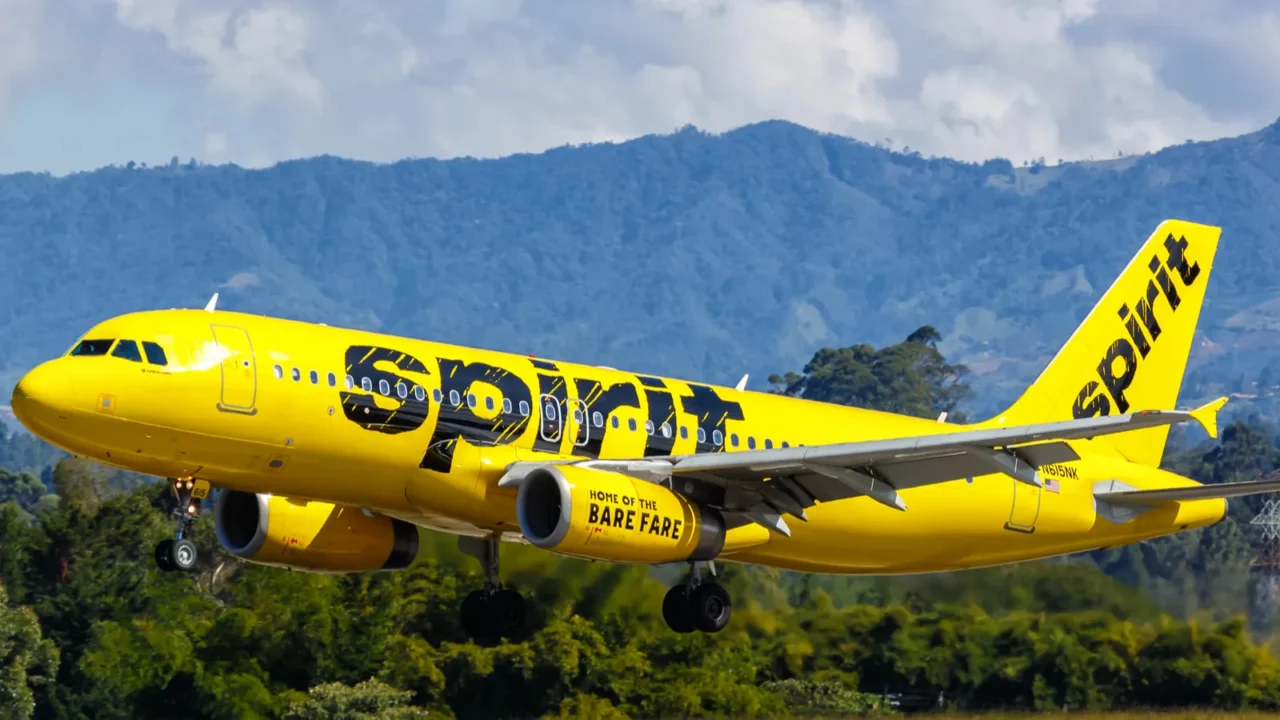
Shocking route pullback
Spirit Airlines is set to abruptly cancel service to eleven U.S. cities beginning October 2, 2025. Following its second bankruptcy filing this year, the ultra-low-cost carrier is restructuring its network by eliminating markets where demand and profits have fallen short. These exits span across several states, including California, Oregon, Utah, and others.
Travelers in affected cities will no longer see Spirit flights, meaning fewer choices and possibly higher fares. Rival carriers are already reacting, announcing new routes to absorb displaced travelers and fill the void. The coming months are shaping up to be some of the biggest shifts in U.S. domestic air travel for budget flyers.
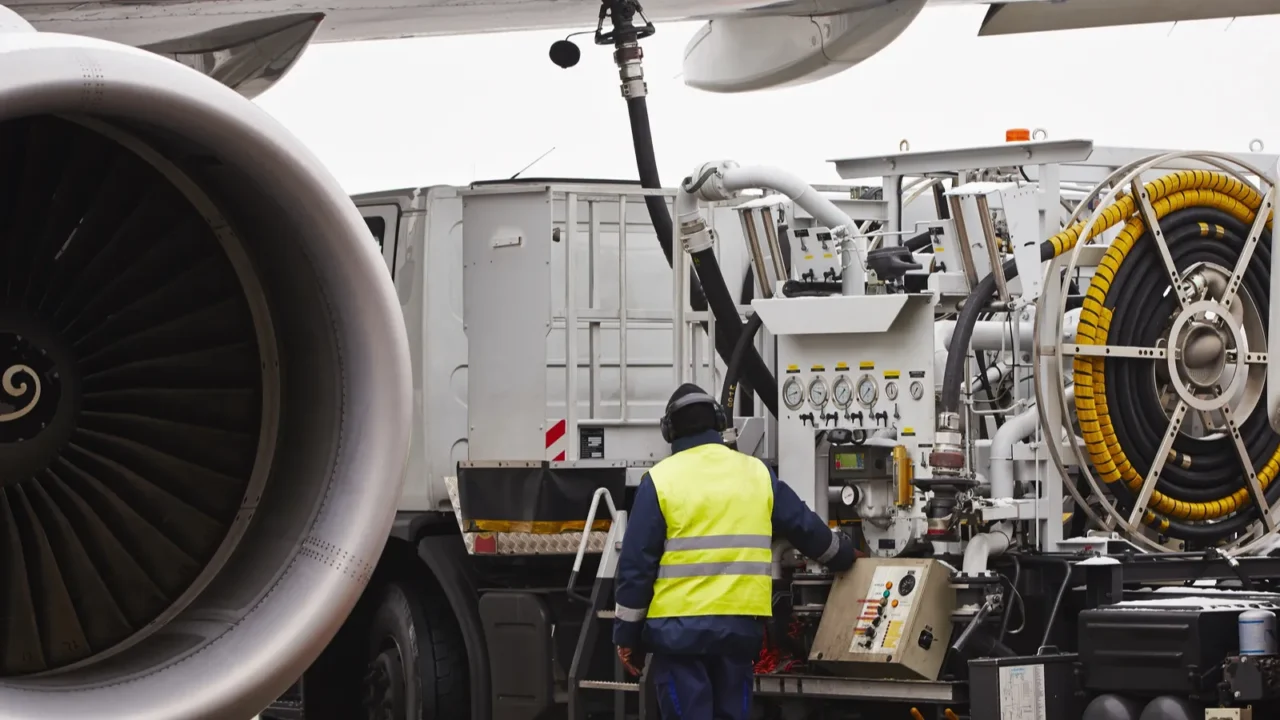
Why it’s happening
Spirit’s service cuts stem from deep financial pressures. After emerging from Chapter 11 bankruptcy earlier this year, the airline again sought court protection in August 2025. Rising fuel costs, weak demand for domestic leisure routes, and heavy competition have combined to squeeze margins. The company reported losing over $257 million between March and June alone.
Its leaders say this consolidation is crucial. By focusing on stronger-performing markets and trimming weaker ones, Spirit hopes to streamline operations and return to financial stability. The airline has promised refunds or alternative arrangements to affected passengers.

Who loses spirit in October
Here are the eleven cities where Spirit will end service on October 2, 2025: Albuquerque (NM), Birmingham (AL), Boise (ID), Chattanooga (TN), Columbia (SC), Oakland (CA), Portland (OR), Sacramento (CA), Salt Lake City (UT), San Diego (CA), and San Jose (CA).
These losses will especially sting on the West Coast, where four California airports lose all Spirit flights.
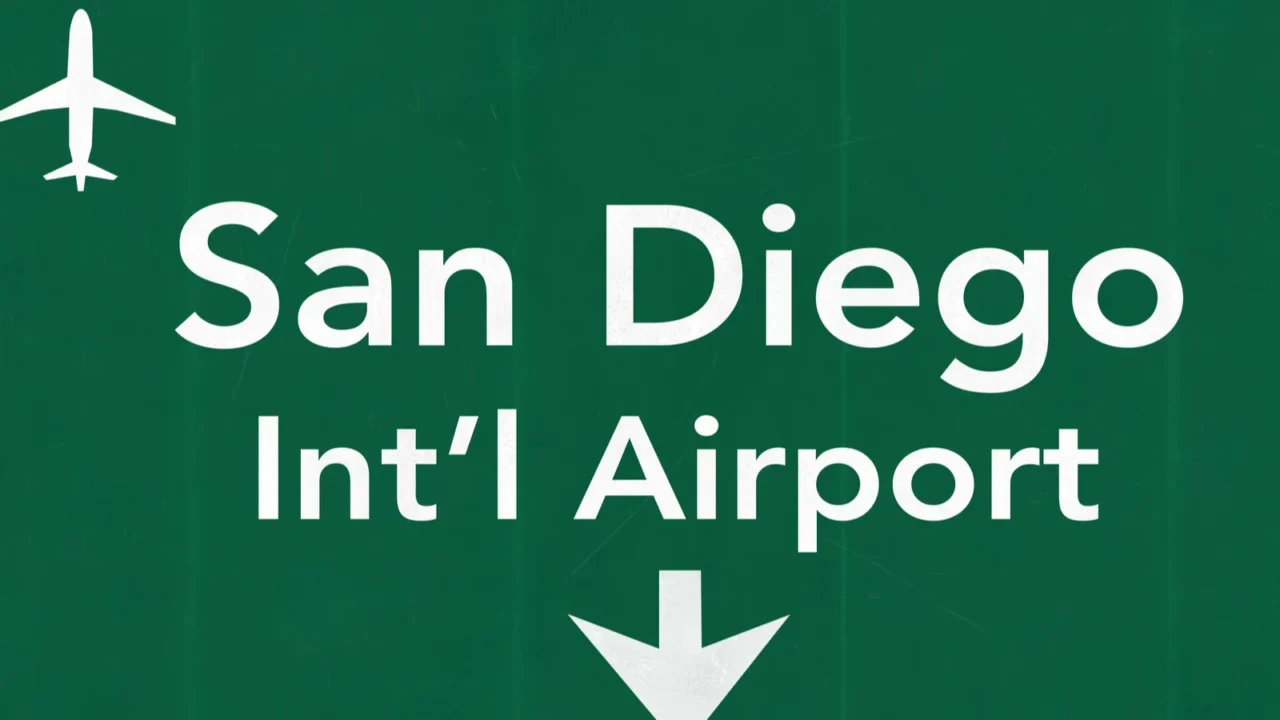
California’s big cities
Spirit will pull out of Oakland, Sacramento, San Jose, and San Diego effective October 2. These four California airports represent a significant retreat. These markets had become an important part of Spirit’s West Coast footprint. With these cancellations, many travelers will need to find alternatives via other carriers or airports.
This exit signals that even densely populated markets are not immune when costs and demand don’t align with expectations. Passengers accustomed to budget service in those regions will feel the loss, especially with fewer landing spots and less competition.
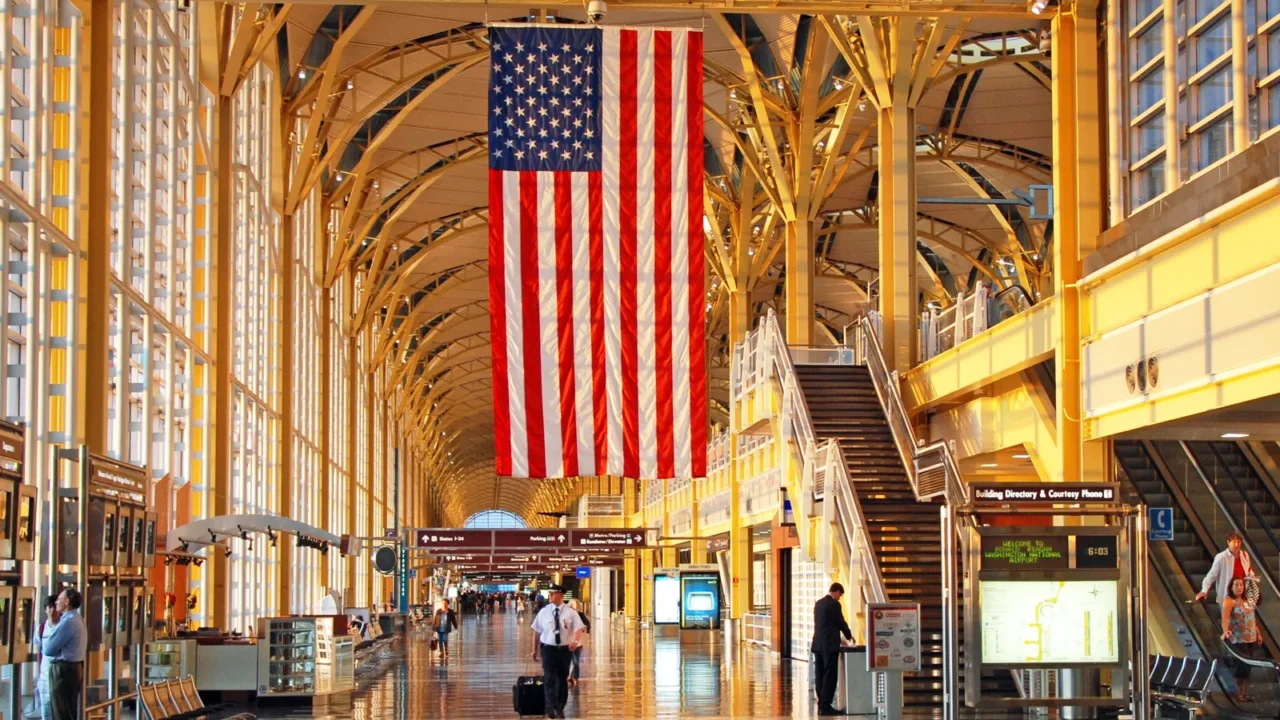
Newest cities hit
Some of the affected cities just recently welcomed Spirit service. Chattanooga, Tennessee, is among them, having had Spirit flights beginning only in June 2025. Columbia, South Carolina, also saw a new service that will now be cut.
That abrupt withdrawal casts doubt on whether new expansions can stick in fringe markets. Local officials and travelers who anticipated budget options now face sudden gaps. These shifts remind us how volatile route planning can be when financial pressures hit hard.

Financial toll of the cuts
Spirit disclosed a $257 million loss in the quarter between March and June 2025. Operational costs from fuel, labor, and maintenance have kept rising. At the same time, demand for leisure travel domestically has softened, leaving flights underfilled and unprofitable in many cities.
The service cuts are expected to reduce seat capacity notably, although Spirit has not yet published the total percentage drop across its entire network. The strategy is to stem losses by exiting, especially unprofitable markets.

What happens to travelers
If you have a flight scheduled with Spirit from an airport being dropped, expect notification by email or phone. The airline has committed to offering refunds or rebooking options. It is vital to check your reservation now.
Also, ticket prices from nearby alternate airports may rise. With fewer competitors in some cities, supply drops while demand remains. So travelers may need to adjust plans, travel dates, or departure airports to get the best deals.
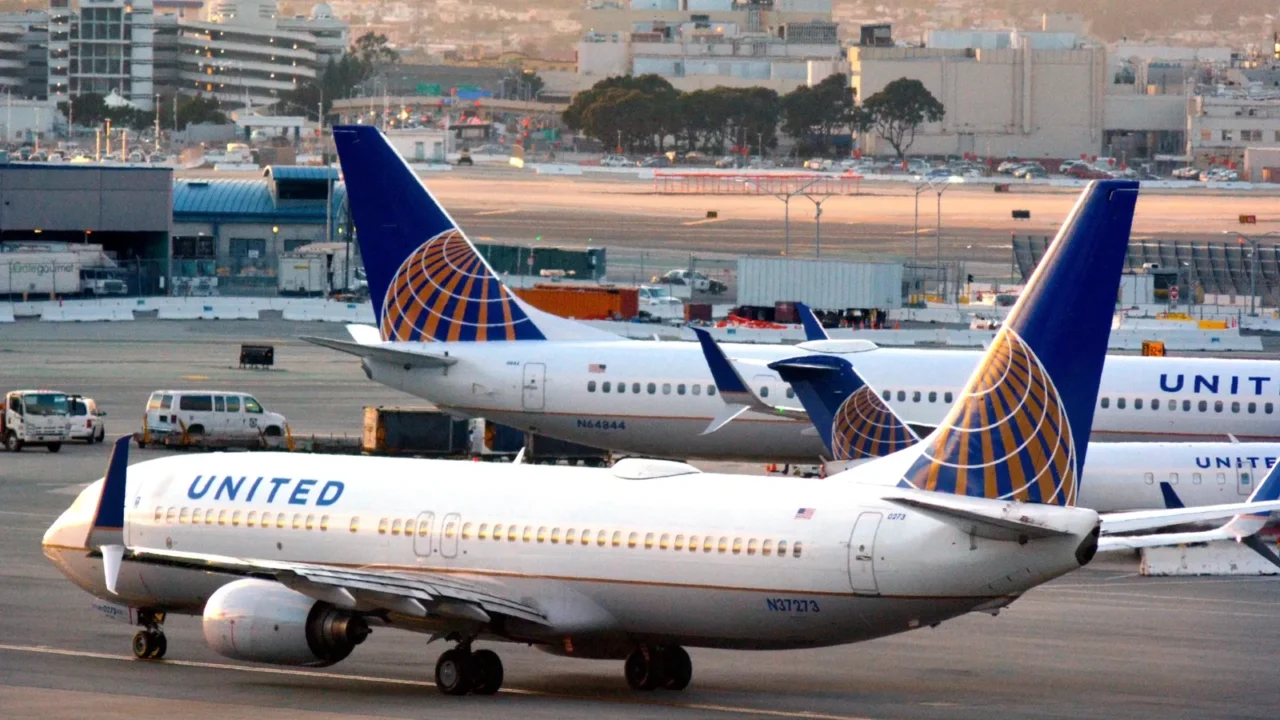
Competitors move quickly
Rival airlines are already stepping in. United Airlines, for example, has announced new flights into many of the markets Spirit is vacating. Frontier also credits the opportunity, planning to add overlapping service. These carriers hope to pick up displaced customers.
This rapid response underscores how interconnected and competitive the airline network is. When one low-cost carrier retreats, others are ready to seize the moment. For consumers, that could bring both challenges and fresh options.
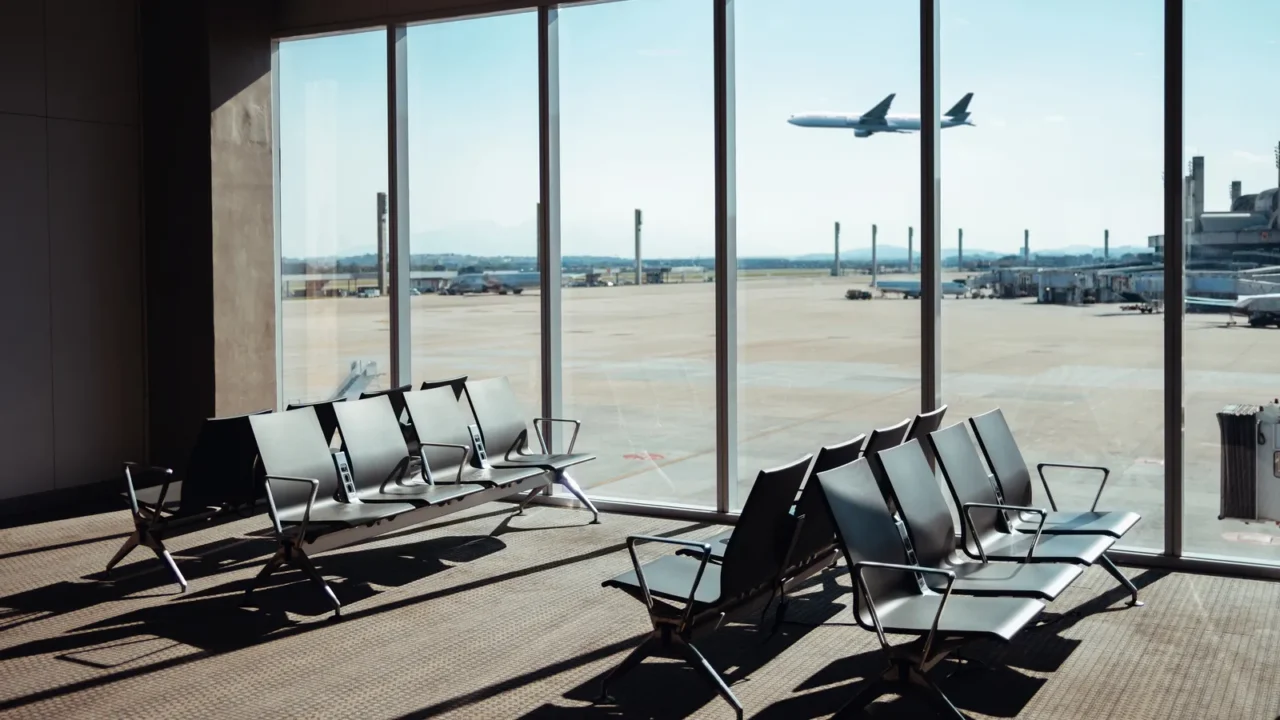
Economic ripples at airports
Airports in the cities Spirit is leaving will lose traffic, gate usage, and associated revenue. For many smaller or mid-sized airports, Spirit represented affordable travel choices and steady passenger volume. Losing that can mean fewer passengers for local businesses, less demand for ground transport, and weaker ancillary income.
Some airports may risk having fewer flights overall. That loss could slow airport development plans, reduce staffing, or even discourage future airlines from investing in new routes. The local economic impact may be more serious than just empty seats.
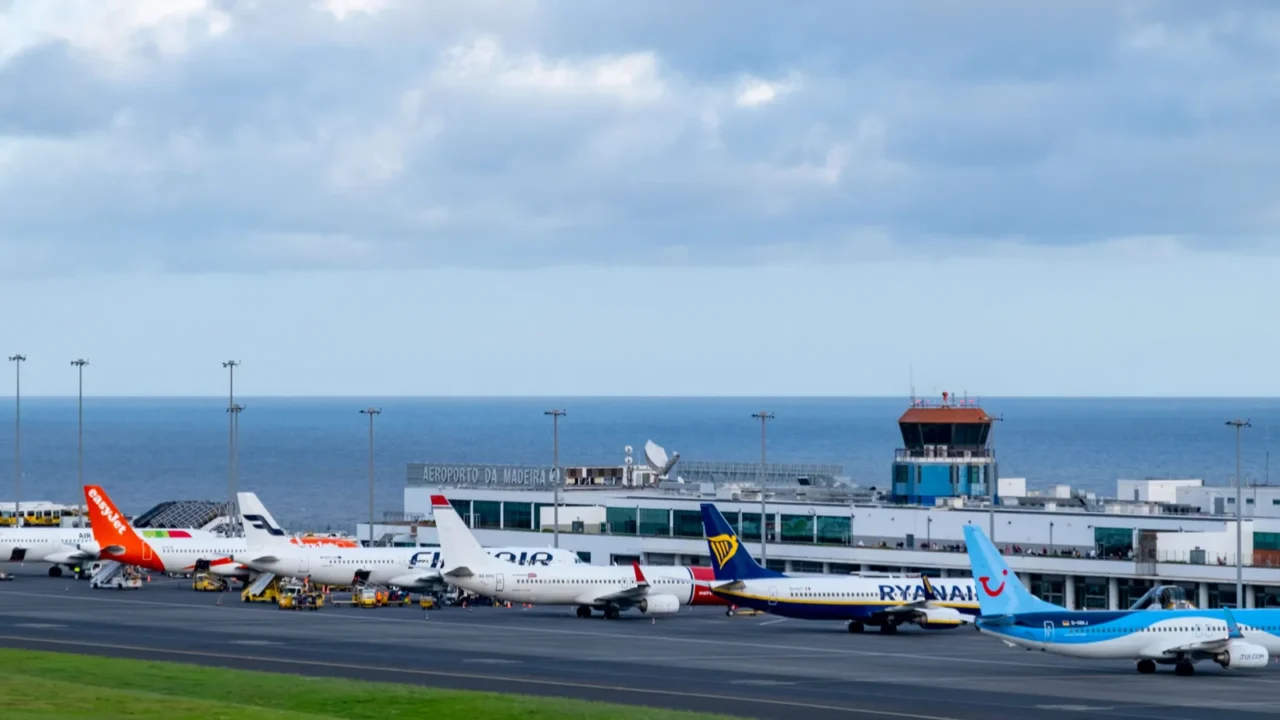
Airline industry context
Spirit is not the only carrier rebalancing. Across the U.S., airlines face rising fuel costs, inflation, labor shortages, and uncertain demand. Some routes that once made sense during peak travel are no longer economically viable. Carriers have started optimizing schedules, retiring older aircraft, and cancelling underperforming routes.
The regulatory environment and consumer expectations also matter. Travelers expect reliability, value, and safety. Airlines that can adapt quickly to changing demand and cost pressures will have better survival odds. Spirit’s extreme cuts illustrate how fragile airline route economics can be.

What led to this bankruptcy again
Spirit first emerged from Chapter 11 bankruptcy only in early 2025 after restructuring debt, converting large obligations into equity, and raising capital. But only months later, the airline again filed for bankruptcy protection in August, citing adverse market conditions and financial strain.
Efforts to merge or be acquired have stalled. The company said it will continue operating during restructuring, but cutting unprofitable routes is its most direct tool to reduce losses. It’s a high-risk strategy, but one that many low-cost airlines follow when profitability is under threat.
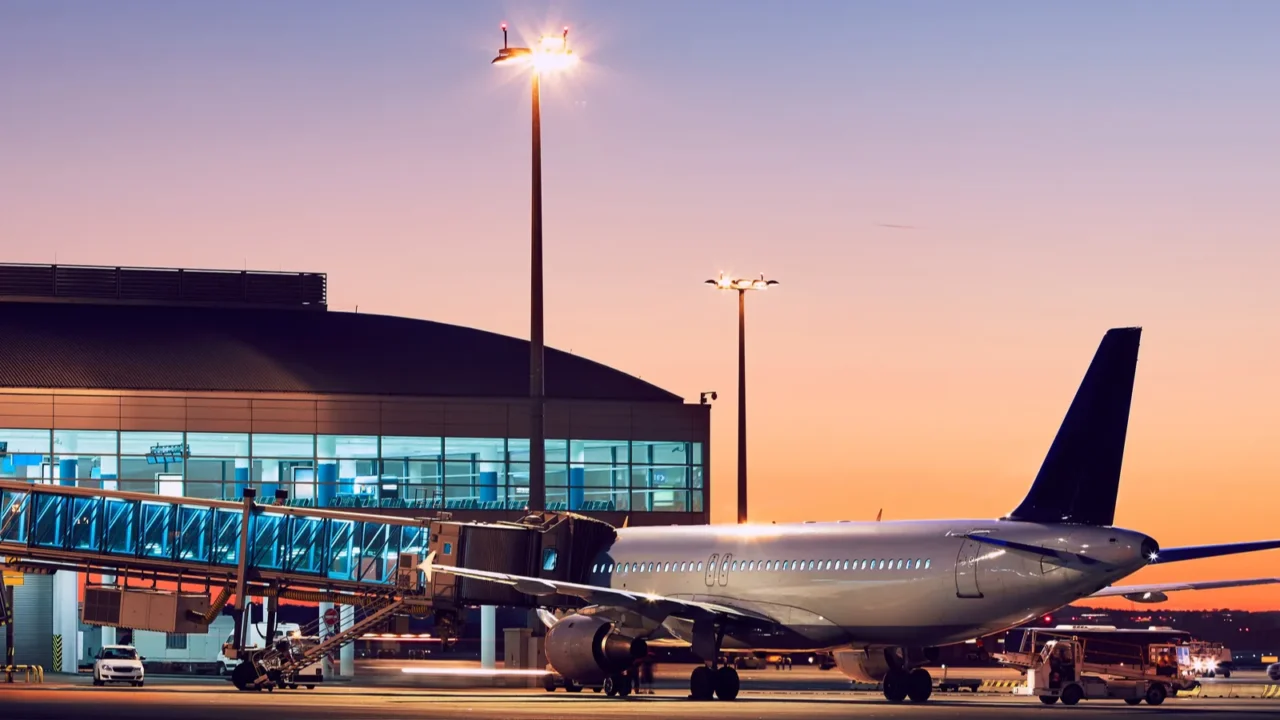
Regional impacts-West coast
The West Coast is among the hardest hit. California cities like Oakland, Sacramento, San Jose, and San Diego are losing all Spirit flights. Portland, Oregon, is also seeing service end. Travelers in these regions will need to turn to other carriers or fly from more distant airports.
With fewer low-cost options, prices could rise, especially for short-haul flights. For many folks used to Spirit’s low fares, convenience and affordability may both suffer. This region will become a showcase for how budget airline retreat affects accessibility.

Regional impacts-Others
Beyond the West Coast, cities like Salt Lake City, Albuquerque, Boise, Birmingham, and Columbia will also lose Spirit service. Some already rely on Spirit as a cheaper alternative; for them, the impact will be more personal. Travel times or costs may rise as flights shift to larger hubs or carriers with fewer discounts.
In Chattanooga, which was only recently added, cancellation feels like a reversal. Residents and officials who expected growth via improved connectivity now face uncertainty. The loss of Spirit’s service may also affect tourism or business travel in smaller markets.

What travelers should do
If your itinerary includes Spirit from an impacted airport, act right away. Check your booking status, talk with the airline about refunds or alternate flights. Be ready to be flexible with dates or departure cities to save money. Airlines filling the gaps may offer promotions to attract new passengers.
The trend is not unique to Spirit. Other carriers are also streamlining networks, as seen when Hawaiian Airlines drops several low-demand routes, reminding travelers to stay alert and adaptable when planning flights.
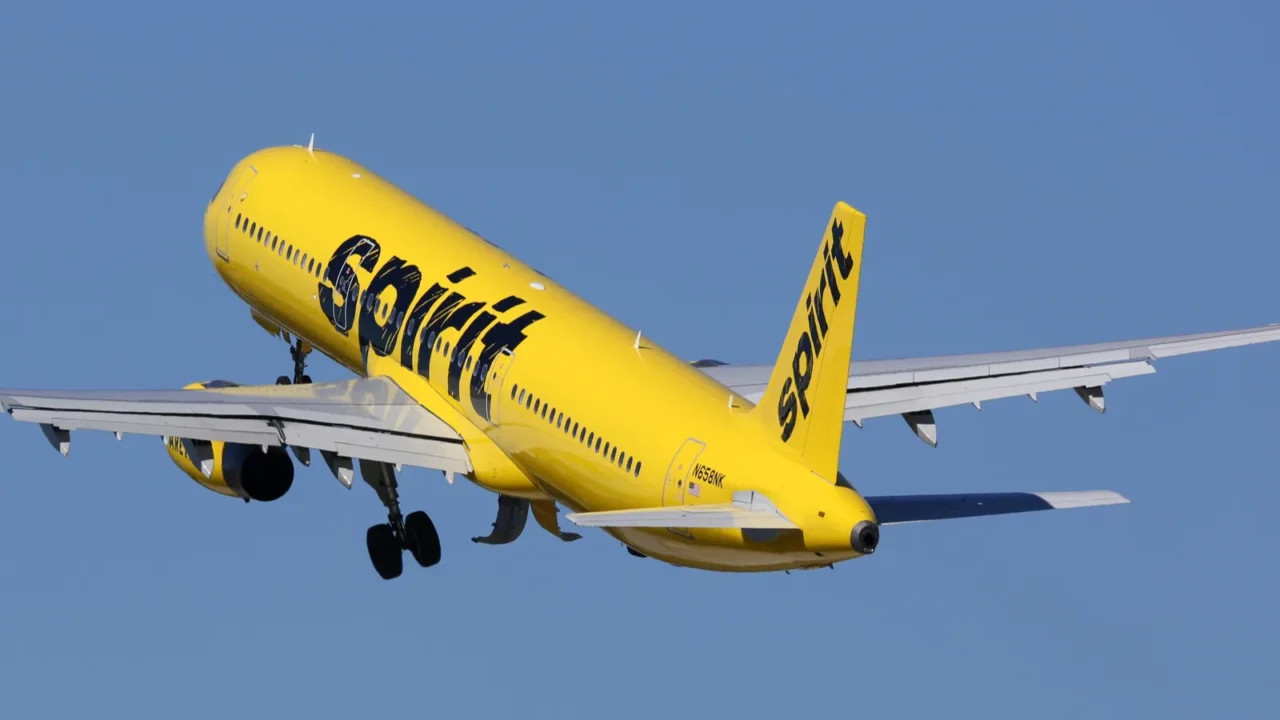
Forward flights and what’s next
Looking ahead, we will see whether Spirit can successfully steady the ship. Will the restructuring, route cuts, and focus on strong markets lead to profitability again? Or will more cities face exit? Stakeholders, from passengers to airport authorities, will be watching closely.
Meanwhile, competitors will seize the opportunity. New routes, lower fares, and more options may emerge as airlines battle for market share left by Spirit. Similar shifts are happening elsewhere, such as Delta making big changes for all travelers and flights, showing just how fluid the U.S airline landscape has become.
Do these airline changes limit your options or open new ones?
Read More From This Brand:
- Hidden airline fees and how to avoid them
- The $250 U.S. entry fee shocking tourists
- 15 travel blunders that could wreck your trip
Don’t forget to follow us for more exclusive content right here on MSN.
This slideshow was made with AI assistance and human editing.